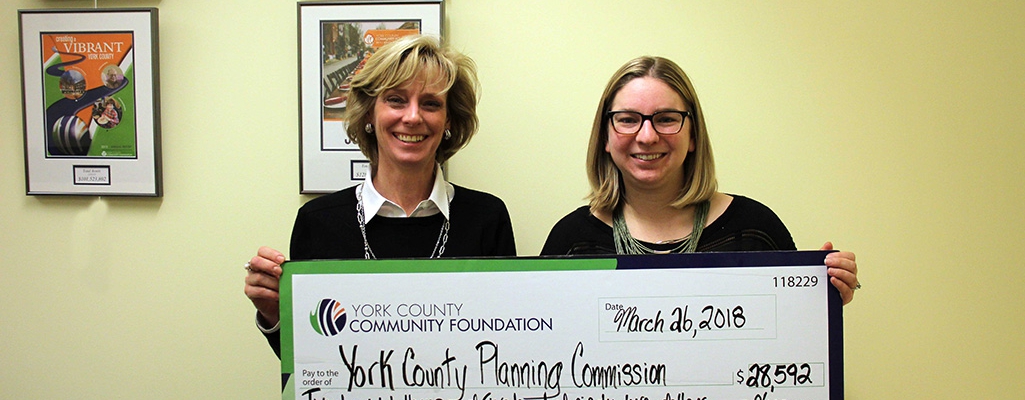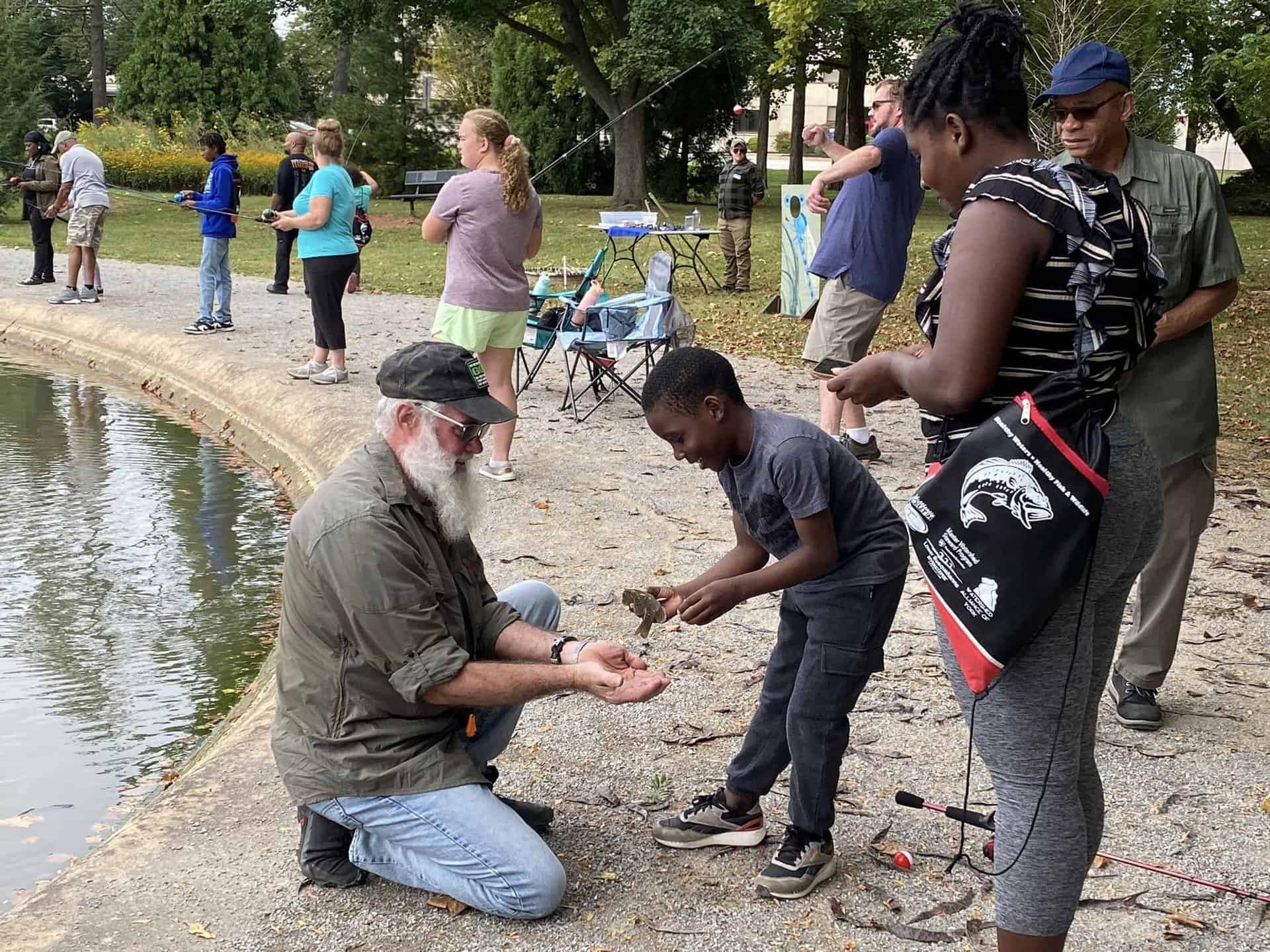Three York County municipal organizations received grants from York County Community Foundation’s (YCCF) Codorus Watershed Endowment Fund for vital stormwater projects that will reduce pollutants in the Codorus Watershed.
In late 2017 a volunteer committee set up a special funding stream to help municipalities obtain pre-construction funding for stormwater projects, including design, permitting, engineer costs. While construction money is often more widely available, it is more difficult to find grant support for pre-construction activities. If municipalities can obtain pre-construction money, they are more likely to receive additional funding from the state. In 2017 YCCF piloted this funding stream with grants to York Township and Red Lion Borough.
The most recent grants went to Spring Garden Township and the Borough of Spring Grove.
Spring Garden Township was awarded $15,000 for a feasibility study to identify potential best management practices to reduce and control water runoff and associated pollutants that regularly floods the intersection of Virginia Avenue and Country Club Road during large storms. This grant is exploratory in nature, looking for solutions to reduce velocity and volume to prevent backup.
The Borough of Spring Grove was awarded $10,000 to support the design phase of storm water swale improvements using best management practices. Significant deterioration to the current storm swale has occurred throughout the last decade. Improving this swale will position the Borough to better reduce their necessary sediment and nutrient output while improving the community existing along a major thoroughfare.
Additionally, the volunteer committee awarded a grant of $28,592 to the York County Planning Commission (YCPC) on behalf of the Stormwater Consortium for the York County Stream BANCS Assessment and Stream Restoration Evaluation Tools. YCPC will work with the national firm Center for Water Protection to assess 23,330 ft. of stream banks and use the results to develop tools for estimating sediment reductions benefits of other stream restoration projects to meet reduction targets. These tools will then be used to evaluate other stream restoration projects in the Regional Chesapeake Bay Pollutant Reduction Plan, with the goal being to identify streams that would benefit most from stream restoration practices and provide the greatest sediment load reduction for crediting purposes. It would also be a valuable tool to prioritize projects for implementation and may provide an indicator that some projects with low values need to be replaced.







